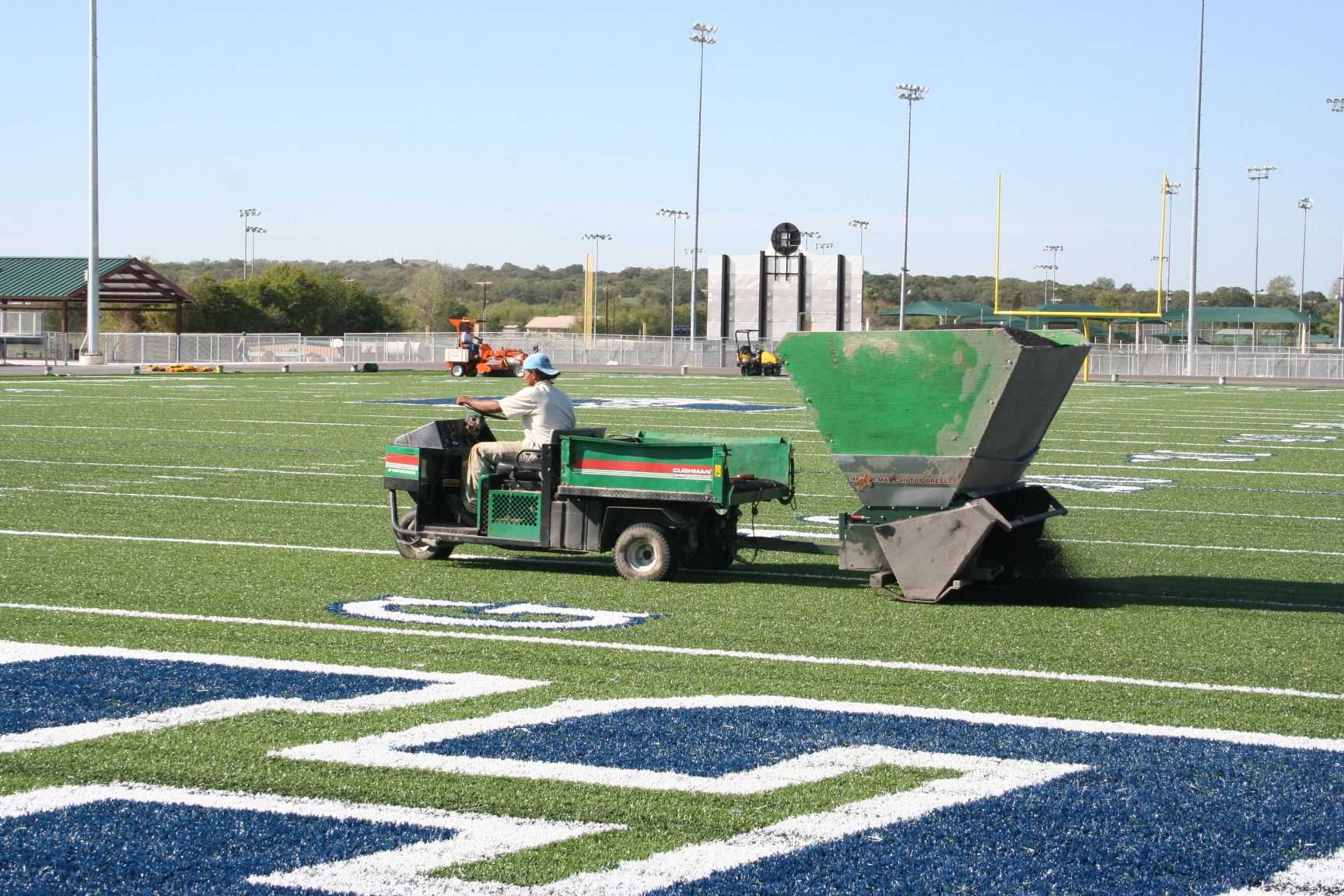INFILL IS JUST ONE MORE COMPONENT IN CREATING YOUR PERFECT ARTIFICIAL TURF SYSTEM
You Should Know:
There is a wide variety of infill options and AstroTurf has spent thousands of hours vetting products to make sure the meet the company’s legendary standards.
Infill should be looked at as one element of an overall system that is comprised of synthetic turf carpet, infill, and pad with each element interacting and affecting the others.
Uses
- Resiliency: The taller fibers used today are usually made of polyethylene (PE), a non-abrasive and relatively durable material. However, PE is, chemically speaking, a lazy fiber — it needs other more resilient materials to hold it up. Otherwise it would just fall down and would not last the full warranty period. This is done with infill particles and/or with more resilient nylon fibers.
- Shock Attenuation: Infill is often used to absorb the impact of falls.
- Ballast: Infill is also used to stabilize the turf carpet. By weighing down the turf, infill can help prevent movement and wrinkling.
SBR
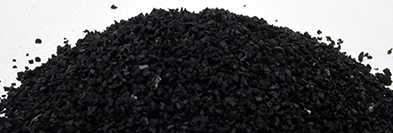
SBR stands for Styrene-Butadiene Rubber. It is by far the most commonly used infill material in synthetic turf fields. It is made of ground up recycled tires.
Features:
- Most economical shock absorbing infill
- Most widely studied infill (70+ independent studies)
- No study has ever found ill environmental or human health effects
- Absorbs shock
EPDM
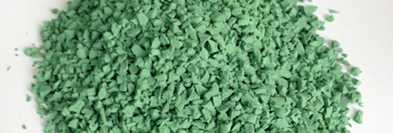
Ethylene Propylene Diene Monomer (EPDM) is a virgin rubber material. It is a high quality, high dollar replacement for crumb rubber.
Features:
- Few issues with quality in the marketplace
- Attenuates shock
- Very high melting point
- No negative perceptions in the marketplace
Z-CAP
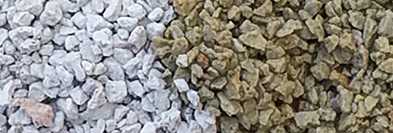
Z-CAP is a very interesting infill. Used for industrial waste cleanup and sold in healthfood stores, zeolites have a honeycomb molecular shape that allows the material to absorb and contain toxins. This molecular shape also allows it to absorb and slowly release water for noticeably cool field temperatures. Z-CAP is an affordable top dressing to traditional SBR fields that reduces field temperatures substantially.
Features:
- Absorbs and slowly releases water for lasting temperature reduction
- Does not require water
- Does not require additional maintenance
- Inexpensive alternative infill
BrockFILL®
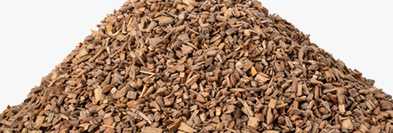
BrockFILL is an engineered wood particle infill specifically designed for artificial turf. It’s made here in the USA from a species of southern pine that is grown, harvested, and replanted in continuous cycles, making it ideal for a sustainable, renewable organic infill product.
Features:
- Durable
- Optimal Traction
- Low Splash
- Cooling properties
- No irrigation required
Silica Sand
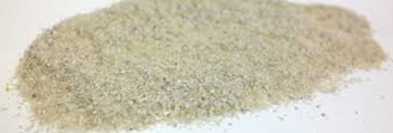
Silica sand is often used for synthetic turf ballast. It comes from multiple quarries throughout the country, contributing to its low cost. Silica sand is often used in combination with other performance infills.
Features:
- Very inexpensive
- Widely used and proven
- No negative market place perceptions
- Good ballast material
TPE
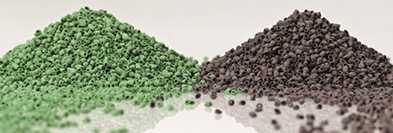
Thermoplastic Elastomers (TPE) are a class of copolymers or a physical mix of polymers (usually a plastic blended with a rubber). These are virgin materials that are either extruded or molded.
Features:
- Varied shapes of TPE are less likely to compact
- No perception issues of crumb rubber
- Attenuates shock
T°Cool®
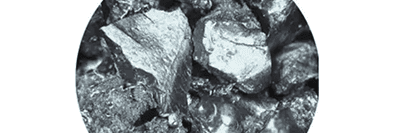
Pre-Treated Crumb Rubber used as an great to traditional crumb rubber infill. When applied with T°Cool® technology, crumb rubber becomes significantly cooler than its untreated counterpart.
Features:
- Evaporative Cooling up to 50 degrees
- 100% sustainability Sourced
- EPA Registered Antimicrobial Agent
- Minimal Compaction
- Non-Toxic and Bio-degradable
- Dust-Free Installations
SuperNatural
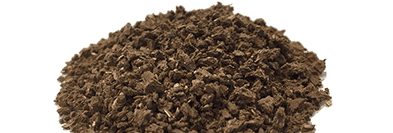
SuperNatural features EPDM rubber with hemp fibers woven throughout the rubber materials. It wicks water, cooling the field by up to 40 degrees.
Features:
- No water required for product integrity
- Renewable raw materials included
- Higher bulk density
- Minimal infill migration compared to other organic infills
- Hemp is highly absorbent and wicks water
